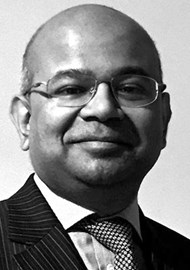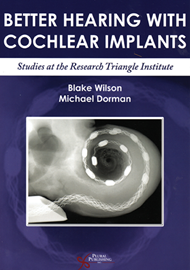This soft cover book of 453 pages describes in detail the work undertaken at the Research Triangle Institute (RTI) in North Carolina which has led to many of the designs and theories of speech processing in cochlear implantation.
It is a unique insight into the painstaking efforts that allowed the development of successful speech coding strategies, and also clearly shows the pivotal role that the RTI had in making these advances possible. As ENT surgeons we often concentrate on the surgical and physical aspects of implant design without due consideration of the complex processes behind their efficacy.
The book starts with an excellent historical overview chapter, which itself is useful reading for all involved in cochlear implant work. The chapters are then arranged around the historical studies that led to modern speech coding strategies, before moving onto more current issues such as bi-modal hearing, electroacoustic stimulation and binaural hearing. It concludes with consideration of future strategies. In most chapters details of the experimental protocols and the individual results of the study subjects are recorded, along with a succinct and accessible discussion.
Many of the historical chapters are therefore very detailed and probably beyond the needs of most surgeons and general audiologists. They are however excellent reference material for anyone requiring a more comprehensive study. The chapters dealing with general developments and current issues are very useful for those seeing and advising patients on these areas.
Overall the book represents a very useful reference that all implant centres should have access to. It also is a very reasonable investment for those wishing to begin to understand the theories and developments behind the main speech processing strategies in use today. It fulfils its purpose well.





